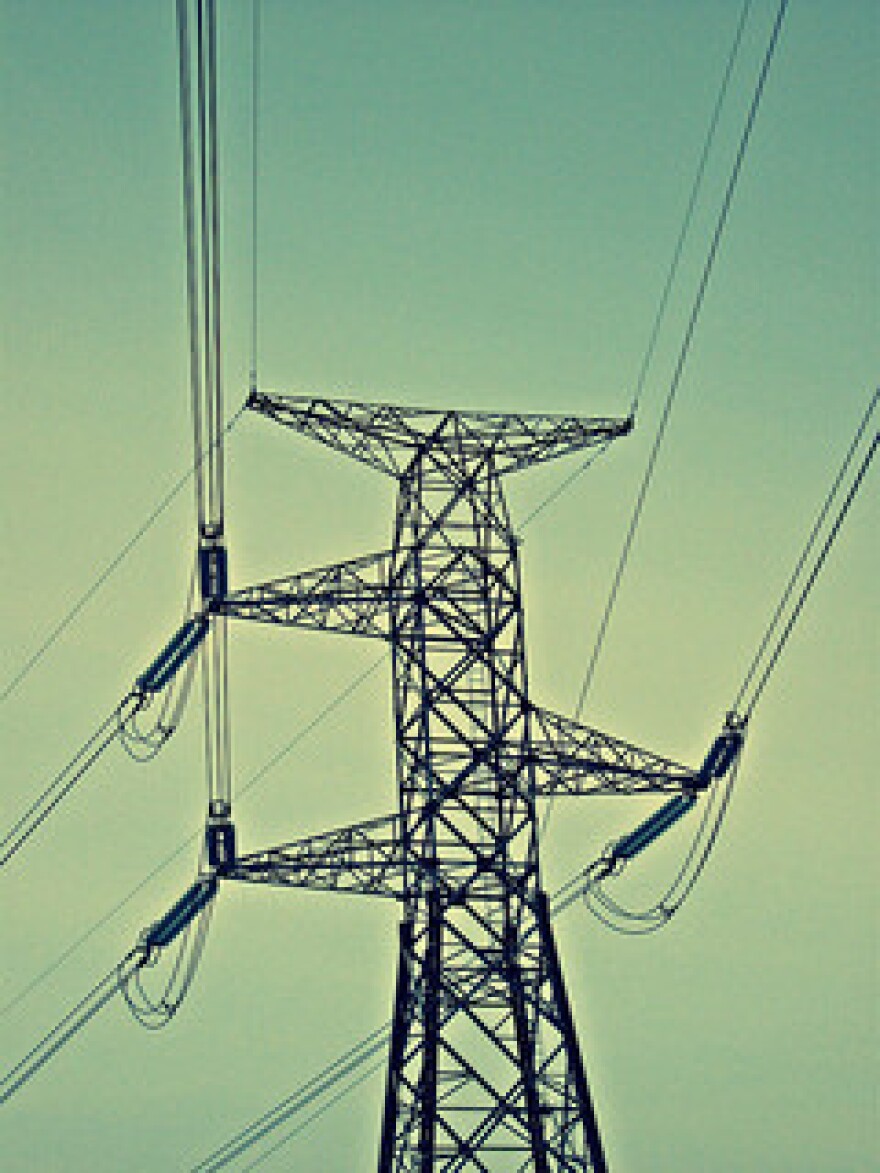Governor Cuomo’s state of the state address saw a significant push for the reduction of greenhouse gas emissions, and the implementation of smart grid technology.
Speaking about the state’s need to be better prepared for disasters of the magnitude of Superstorm Sandy, Cuomo pointed more reliable power source as one of the major requirements.
He called for investment in a flexible system that can incorporate new, clean technologies and minimize outages during major storms and events.
Cuomo specifically pinpointed smart grids as critical infrastructure for the future New York state power system.
“New York’s grid is aging — 59 percent of the state’s generating capacity and 84 percent of transmission facilities were put into operation before 1980, and over 40 percent of the state’s transmission lines will require replacement within the next 30 years, at an estimated cost of $25 billion...This need represents an opportunity to upgrade the transmission system to a distributed smart grid network.”
“New York State can and should become a leader in developing smart grid technologies for the nation.”
Smart grids
“Smart grids will minimize the impacts of future natural disasters on consumers, by helping to enable individual premises and microgrid 'islanding' to provide power to pockets of consumers when central power plants or portions of the transmission and distribution system are inoperable.”
Cuomo praised the state’s efforts to reduce greenhouse gas emissions, but emphasized the need to embrace the reality and seriousness of climate change, and do more to prevent it.
Extreme weather is the new norm
“Extreme weather is the new normal. In the past two years, we have had two storms, each with the odds of a 100-year occurrence. Debating why does not lead to solutions — it leads to gridlock. Recent events demand that we get serious once and for all. We need to act, not simply react.”
The governor pointed to the development of clean energy technologies and the need for converting coal plants to run on more efficient forms of energy such as natural gas. Howver, the governor pointedly avoided reference to the issue of hydraulic high volume hydrofracking in his spoken and written remarks.
Cuomo has heard from three of the four commissions convened to recommend measures for better emergency preparedness across the state, including the Moreland Commission earlier this week which recommended strengthened oversight powers for the state's Public Service Commission (PSC).
- Protecting the grid/power sources from flooding and weather damage
- Building redundancies into fuel network so that fuel can be deployed quickly and efficiently to avoid “panic at the pump”
- Cell phone networks and other communications must be strengthened to ensure no loss of contact between first responders and communities
- Have a statewide certification put in place at colleges to train emergency responders in the same techniques and protocols
- Improve the resilience of infrastructure
- Re-evaluate building codes and placement of facilities like hospitals and nursing homes
- Protect transport routes against future disasters
- Abolish the Long Island Power Authority, and privatize the responsibility
- Harden utilities





